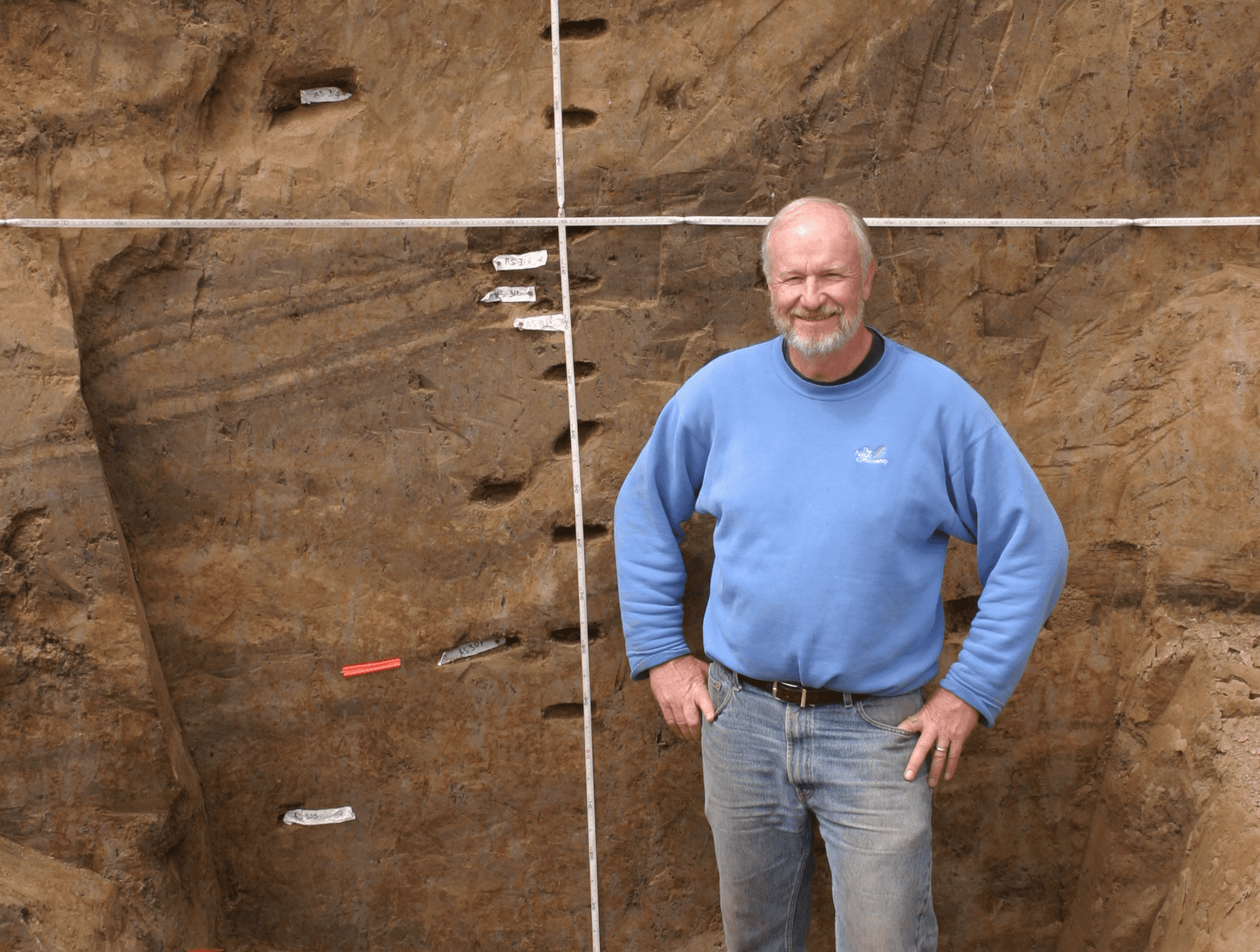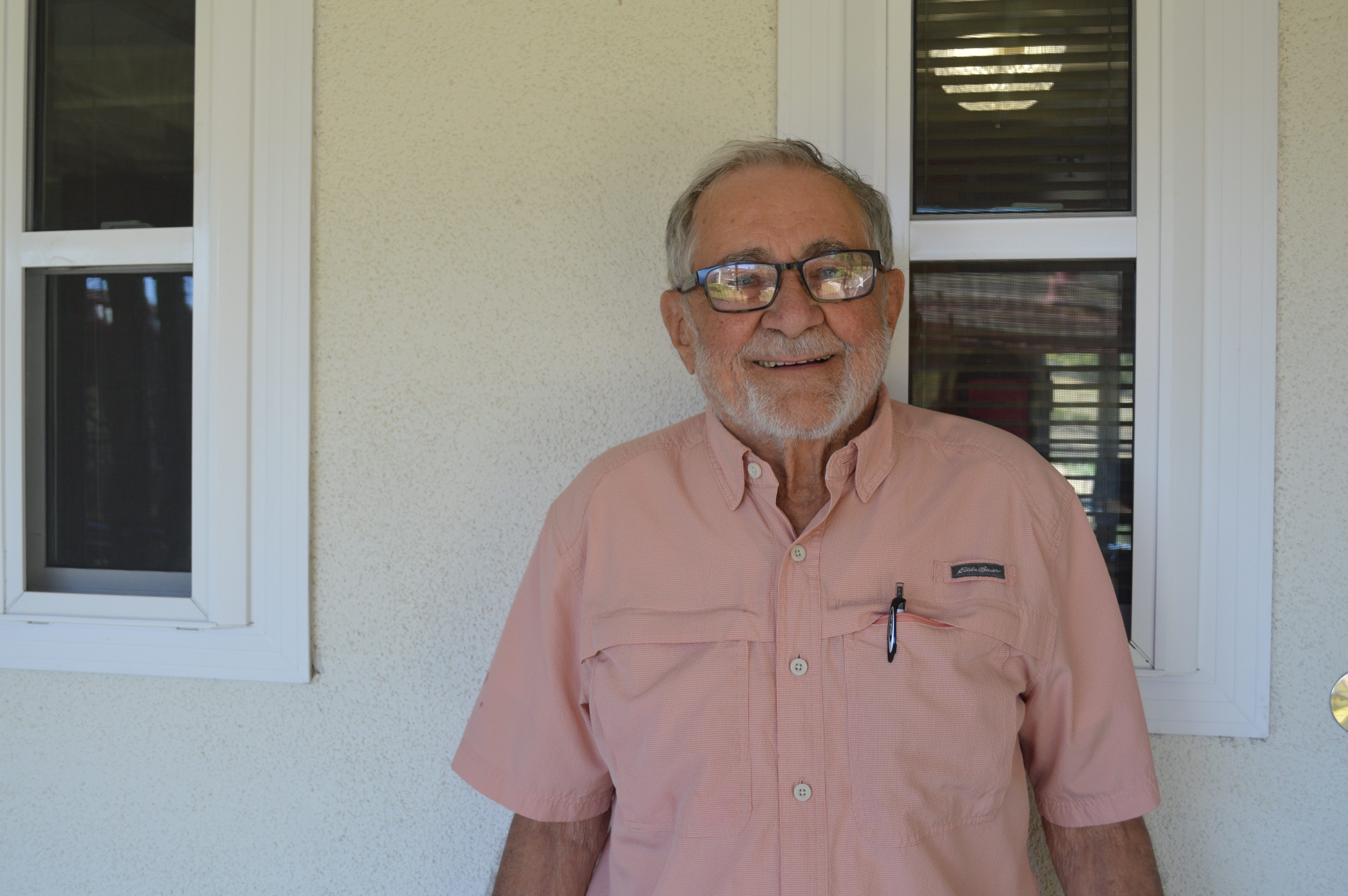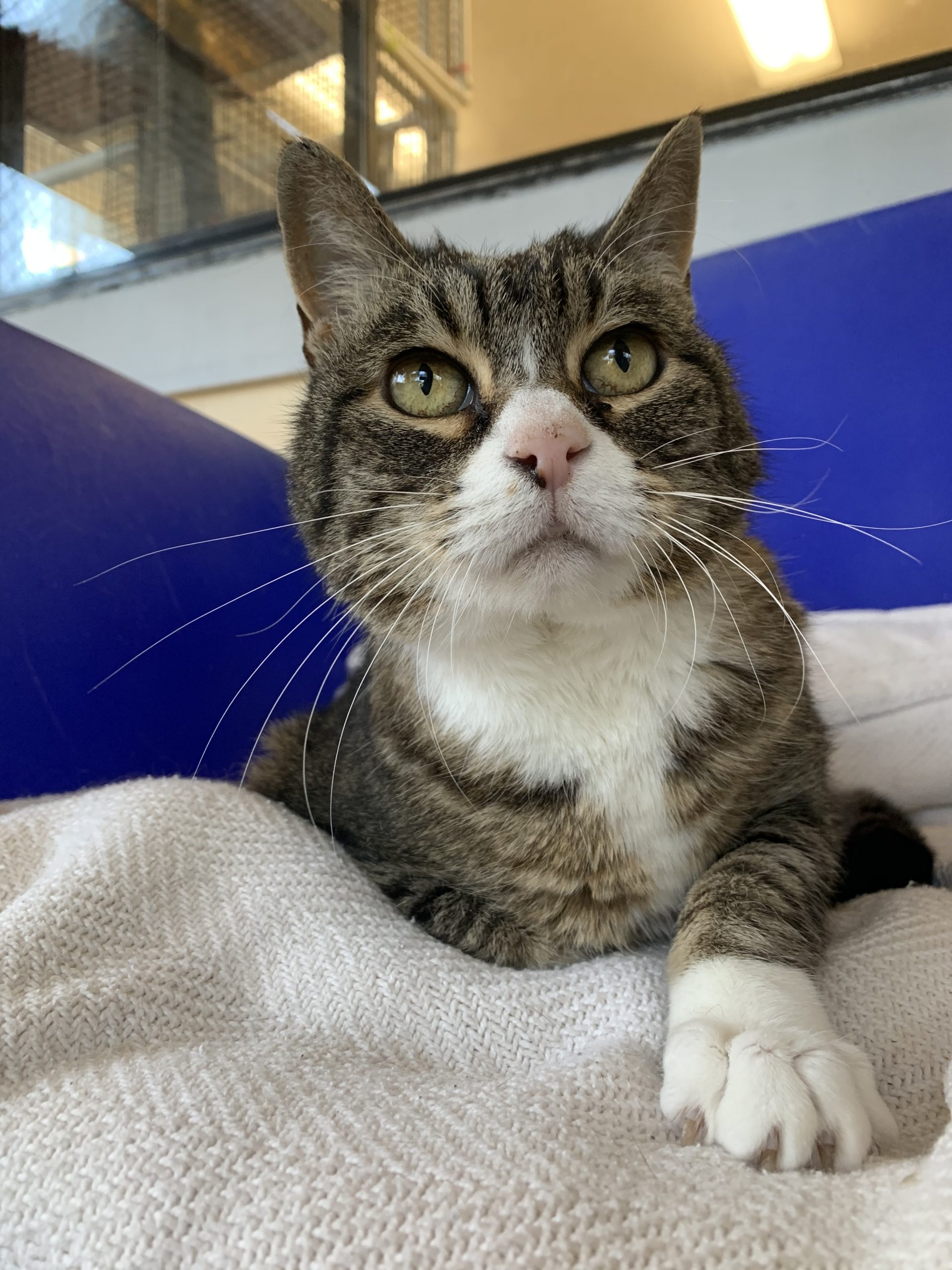Staff Report
Curator of Anthropology from the Santa Barbara Museum of Natural History Dr. John Johnson will present some of his findings about Santa Rosa Island’s Arlington Spring Man in a presentation at 7 p.m. on Thursday, October 17, at St. Mark’s in-the Valley Episcopal Church, Stacey Hall, 2901 Nojoqui Avenue, Los Olivos. This event is free and open to the public.
Early humans and wildlife crossed the Bering Strait land bridge from Siberia in to the Americas thousands of years ago. Which migration routes did they take as they continued their migration southward and how did they survive? Their arrival here on both the mainland and out on the Channel Islands is undeniable. These early humans interacted and understood the paleoenvironment through which they were wandering.
In 1959, Phil C. Orr, then curator of anthropology and paleontology at the Santa Barbara Museum of Natural History, located bones on Santa Rosa Island that turned out to be human. He called these remains Arlington Springs Man and suspected that they could be 10,000 years old. How could such early humans have crossed the deep-water channel and what did the natural world provide for their survival when they arrived on Santarosae, the mega-island comprised of what are today’s local Channel Islands- Anacapa, Santa Cruz, Santa Rosa, and San Miguel? Subsequent, modern radiocarbon dating analysis of material from these bone fragments in 1989 revealed that they were older, establishing an age of approximately 13,000 years BP. The bones from Arlington Springs Man are the the oldest reliably dated human remains in the Americas.
The natural world has supported humans for a very long time and there has always been an essential and intimate relationship between these two. Paleoindians living on Santarosae were flexible and adaptable and survived with the help from plants, fresh water, fish, shellfish, birds, and pinnipeds.
Dr. Johnson will discuss information gathered and gleaned from six field seasons of research at the site that dates from the end of the Pleistocene. The flora and fauna and environment were different then: bones from the Pygmy Mammoth and from giant deer mice are found in the same geologic formation that contains the remains of Arlington Springs Man. What were the strategies utilized by paleoindians as they interacted with the natural world that they, themselves, were part of?







